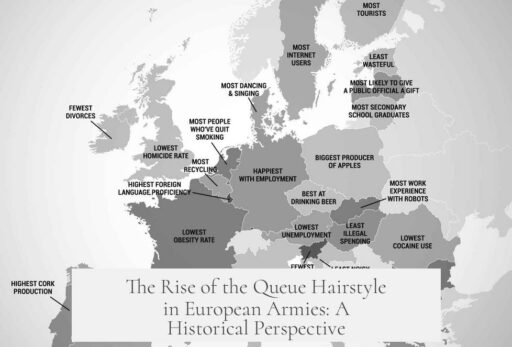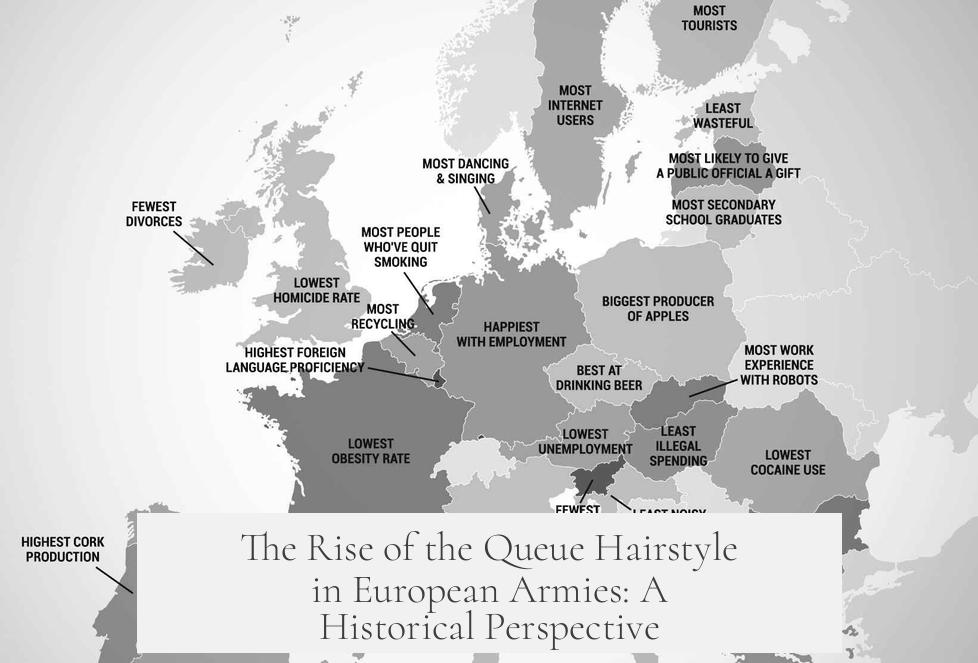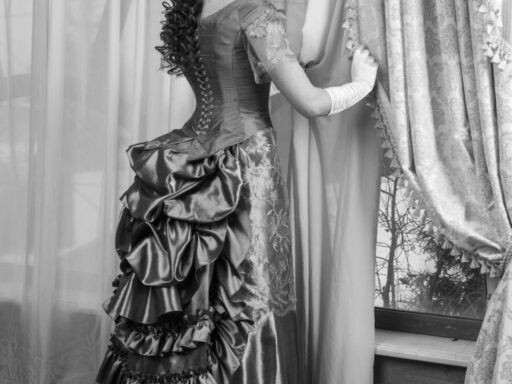The “queue” hairstyle became common in European armies during the 17th and 18th centuries due to prevailing male fashion and regimental autonomy rather than a centralized military standard. It ceased to be standard in the late 18th to early 19th century as Napoleon’s military reforms introduced centralized control and shorter haircuts that distanced troops from aristocratic traditions.
Initially, European soldiers did not follow a uniform haircut. Colonels had the authority to decide their regiment’s hairstyle. This often reflected civilian trends, as men commonly wore longer hair styled in queues or ponytails. Thus, the queue hairstyle mirrored the broader fashion of the time, not a strict military rule.
During this period, the queue was a practical and popular style. However, the major shift came with Napoleon’s reforms. These changes in the French army centralized command and standardized regulations across regiments. Shorter haircuts replaced long hair and queues, symbolizing a break from the “ancien régime,” the aristocratic social order closely tied to longer, more elaborate hairstyles.
The abandonment of the queue hairstyle was not due to hygiene concerns or battlefield practicality but was politically and culturally motivated. The revolutionary and imperial French armies adopted shorter hairstyles to reflect new social values and military discipline. Other European armies followed this model in the 19th century as they modernized their forces.
It is important to note that this transition was gradual. The very short buzz cuts common in modern militaries appeared only in the 20th century. The immediate post-Napoleonic styles still retained some length but were clearly shorter and more functional than the queues of previous centuries.
| Period | Hairstyle Standard | Reason |
|---|---|---|
| 17th-18th Century | Queue/Ponytail | Fashion trends, regimental preference |
| Late 18th-early 19th Century | Shorter hair, no queue | Napoleon’s reforms, break from aristocracy |
| 20th Century | Buzz cuts | Practicality, modern military standards |
- The queue hairstyle matched civilian fashion in early European armies.
- Colonels decided hairstyles within their regiments, causing variation.
- Napoleon centralized military norms, ending queues as a symbol of aristocracy.
- Modern short military haircuts developed later, well after the Napoleonic era.
When did the “queue” hairstyle become common in European armies?
The queue hairstyle became common during the period when male fashion favored long hair. This was before the late 18th century, as regimental colonels allowed various hairstyles. It was not due to a strict military rule but reflected civilian styles.
Why was the queue hairstyle replaced in European armies?
The queue was replaced mainly because Napoleon’s military reforms aimed at standardizing troops under a new centralized system. Long hair was linked to the old aristocratic order, so soldiers adopted shorter cuts to show loyalty to the new regime.
Did all European armies adopt the queue hairstyle at the same time?
No, hairstyles varied by regiment and colonel preference. The queue was common but not universally required until Napoleon’s reforms pushed for broader uniformity across armies.
Was the replacement of the queue hairstyle due to hygiene concerns?
No, the change was not driven by hygiene. Concerns about lice or getting hair caught did not mainly influence the shift. It was a political and symbolic move tied to the rejection of aristocratic traditions.
When did the modern short military haircut replace the queue?
The transition from the queue led to shorter haircuts post-Napoleon, but the very short buzz cut came much later, in the 20th century. The shift was gradual, not immediate.



